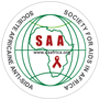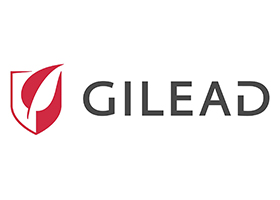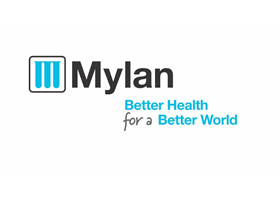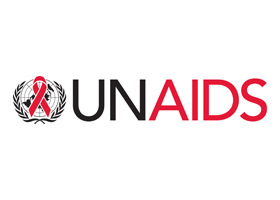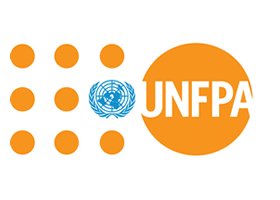Time: 10.45 – 12.15
Venue: Auditorium
Reporters: Annet Kampororo and Ange Umutoni
Key population living with HIV still face unique barriers at each stage of the HIV continuation of care. Taking Ghana as an example, despite tremendous progress toward achieving epidemic control, uptake and retention of KPLHIV into care and treatment still less than the optimal. This is caused by limited information on perspectives of key population about their care needs, and limited awareness about factors that causes leaks in HIV continuum by community service providers and policy makers regarding.
The local CSOs are at the forefront in Ghana’s effort to achieve 90-90-90 goal. They are actively involved with active case finding, case management or peer navigation through the use of community led services and the use of online and mobile services or platforms. Peer review meeting were conducted quarterly for CSO implementing partners between April 2017 and May 2019. The platform provided the space to share performance data and come to a common understanding of the causes of leakage between initiation and retention of the key population living with HIV in care. CSOs identified both individual and structural level factors influencing retention.
The next presenter from Kenya discussed about LGBTI security intervention in Kenya. The community face a lot of violence that is not being reported. There needs to be lots of advocacy for change in the current situation. The study findings led to the creation of an online platform called Utuzi rainbow security. The platform enables individual and organization to report and document violence. The application is accessible and available on google play store and can be directly accessed on the website via report page.
The next presenter was from Zambia. He shared the findings of their study on adolescents and young person’s satisfaction within SRH, GBV, and HIV services. The study was conducted when they noticed people in their community tend to ignore issues to do with adolescent’s sexual reproductive health. One of his recommendation for change was to train service providers to be youth friendly and provide services tailored to meet the different needs of adolescents and young persons. Different service packages are needed for the different groups.


